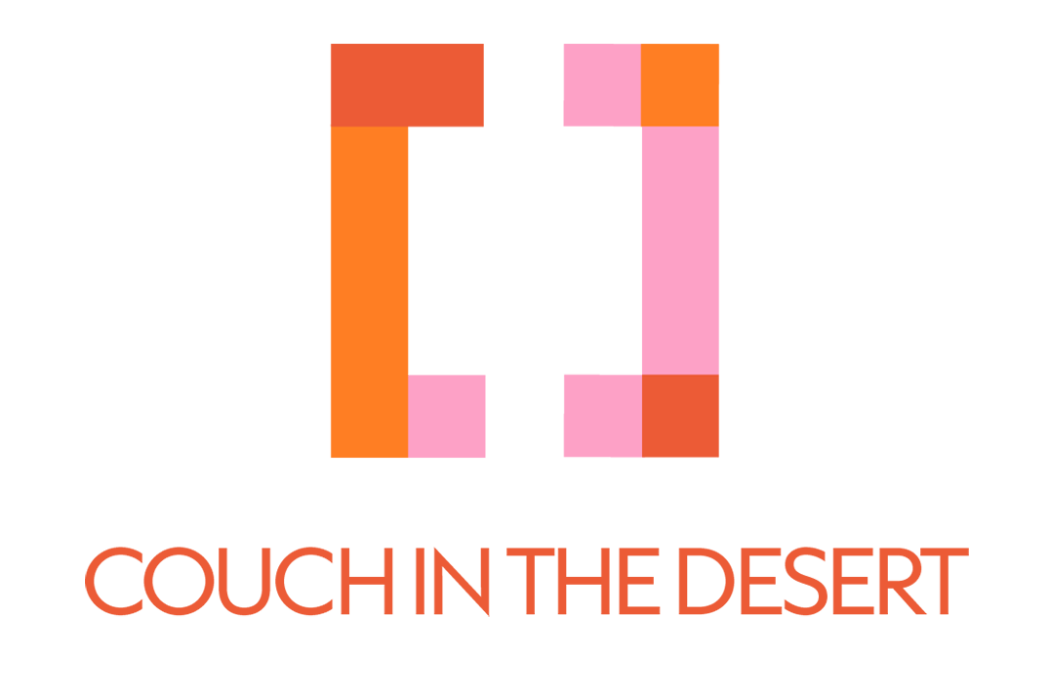Alexa Gilweit, Greener Grasses
From Alexia Gilweit, Against the Grain
Alexa Gilweit, Greener Grasses at the Studio at Sahara West Library, Las Vegas
By D.K. Sole
We admired the way Alexa Gilweit had mimicked the three-dimensional inset curve of a tractor tyre with one sweep of her brush, how she had used intersecting downward marks to suggest the depth of a furrow. A gathering of some sort of harvested crop (wheat? I don’t know, it was granular) was a cluster of dashes. “These paintings explore our connection to this history [of farming in the United States] and the land itself. The vibrant colors disrupt the nostalgic imagery often associated with the idyllic American homestead,” explains Gilweit in her artist statement. The flat but realistic farmlands were underpainted with abstract, vivid (sometimes fluorescent) acrylics that peeked or melted their way through the realism. The whole corner of a field had given way to hyperactive red and blues, or just the rims of the cows’ stomachs were glitching pink. It was (as the person with me said) as if two different sets of paintings had been sandwiched together. The dull greens of the farm melting over the wild hostile blaze of the underworld.
In the statement, she hopes her human figures will enable us to project ourselves into the spaces she has made. “The ghostly, faceless figures in my work create a vacant space for viewers to inhabit, reflecting the tension between our individual identity and our cultural history.” I’m not sure the paintings work like that in practice. The flesh of her people is void of human detail but it isn’t vacant. The silhouettes are filled instead with the underlying blobs that carry over, out of the boundaries of the face-shapes, under the surface of the countryside, as if you’d sliced a person out of a photograph and laid it on marbling. The person who was with me disagreed with my description of the underlayer (it didn’t look like irradiated alien lava to them, they said) but they agreed that it didn’t feel like a space that could be inhabited by anything other than what was already in it. It was full. So these are full paintings: full of colour, objects, areas of paint that are squared-off or enthusiastically disintegrating. The marks act like presences: a flooded row of thinned-paint dribbles in one painting is the sprawling inverse mirror of the delicate upright white stalks of cotton plants in another. The world is doubled.
Alexa Gilweit, installation view Greener Grasses
Alexa Gilweit, Graze Land II
Alexa Gilweit, Greener Grasses
Sahara West Library, 9600 W. Sahara Ave.
May 23-August 2, 2025
Images courtesy Darren Johnson, the Studio at West Sahara Library.
Posted and published by Wendy Kveck on August 15, 2025



